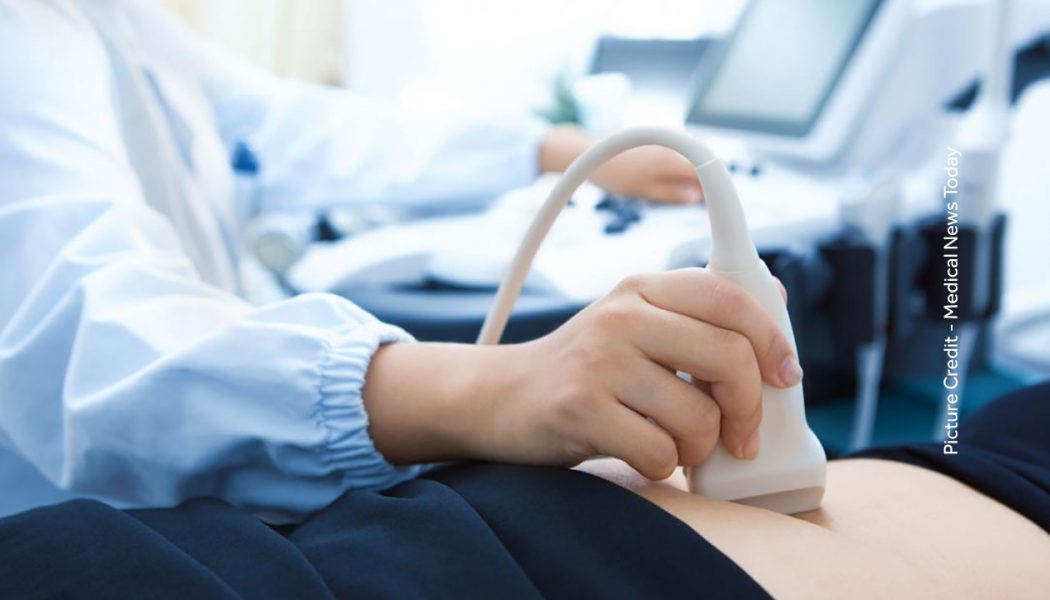Medical Ultrasound is a Diagnostic Imaging Technique which is used to create an image of the internal body structures and internal organs. This technique is to find the source of a disease or to exclude Pathology.
What is Ultrasound?
Ultrasound refers to sound waves having frequency higher than the upper audible limit of human hearing. The audible limits of sound slightly varies from person to person. Generally Ultrasound is sound waves having frequencies from 20 Kilohertz up to several Gigahertz for healthy and young adults.
Ultrasound devices are used to detect objects and measure distances as well as Ultrasound Imaging or Sonography is used in Medicine. It is also used to detect invisible flaws in products and structures using an Indestructive Testing method. Industrial use of Ultrasound include cleaning, mixing and accelerating chemical processes. Some animals like Bat use Ultrasound for locating their prey and obstacles.
How is Ultrasound useful in Medical Testing?
Ultrasound Imaging creates Ultrasonic Images, known as Sonograms, which are created by sending pulses of Ultrasound into a tissue using a probe. The Ultrasound echoed off the tissues having different reflection properties to the probe are recorded and displayed as Images. It is a Noninvasive Diagnostic Imaging Test process, which creates real-time pictures or video of internal organs and tissues.
Sonography is widely used in Medicine for both Diagnosis and Therapeutic Procedures. The medical professionals who perform Sonography are known as Sonographers who do the scanning. The scan results are then analyzed by Radiologists and Physicians who are specialized in the application and interpretation of Medical Imaging Modalities. In the case of Cardiac Ultrasonography (Echo Cardiography) these images are analyzed by Cardiologists. It is very effective for imaging Soft Tissues in our body.
How is Sonography done?
Fasting may be required for eight to twelve hours before an Ultrasound is done especially if the abdomen is being examined. This is because undigested food can block sound waves, making it difficult to get a clear image. When Gallbladder, Liver Pancreas or Spleen are examined, you may be told to eat a fat-free meal the evening before Sonography test and fast until the procedure is done.
One will be in the lying down position on a table with a section of the body exposed for the test. The Sonographer will apply a special Lubricating Jelly on to your skin. This prevents friction while the Ultrasound Transducer is rubbed on the skin. This jelly also helps in transmitting the sound waves. You may have to change positions to have better access, depending upon the area being examined. The Jelly will be cleaned off the skin after the procedure. The whole procedure can last for about 30 minutes.
Pros and Cons
The Pros:
- Detect Fetal Abnormalities – detects problems if any with the Fetus like Placenta Previa or Multiple Fetuses
- Safe Procedure – Patients are not exposed to any ionizing radiations like X-Rays and CT Scans
- Widely used – it is used in Medicine, Imaging, Communication, Time Tracking of Objects and Device, Cleaning, Fluid Mechanics etc.
- Clear Images – captures clear images of deep tissues which are not possible with X-Rays
- Widely accessible and less expensive compared to other imaging methods
- Painless Procedure – no needles, shots or cuts are needed to carryout the procedure
- Inaudible Sound – The sound produced by the Transducer is above the audible limit of human being
- Cheaper Tool – can identify problems with Liver, Pancreas, Blood Vessels, Kidney, Uterus, Glad Bladder and many other tissues and organs
- Real-Time Imaging – The images are produced on the screen as the Sonographers carries out the procedure
- Quick Results – results of the scan are available immediately
The Cons:
- Anisotropy – the ultrasound beam may produce different properties in different directs and hence should be perpendicular to the structure of the beam for a successful imaging
- Low Penetration through Skull Bone – cannot penetrate through bones or parts of body holding air and gas
- Low Image Resolution
- Increase in Tissue Temperature – ultrasound procedure increases the Tissue temperature slightly but it has no effects on our body
- Premature Birth – in some cases, the Ultrasound of the fetus can lead to premature birth and early labor
- Quality of Results – depends upon the skill of the operator
- Require Anatomical Knowledge – to get proper ultrasound images, the sonographers must have good anatomical knowledge
Disclaimer: Information provided here are for public awareness only and obtained from various sources. Always consult your doctor before planning to do an Ultrasound Scan
